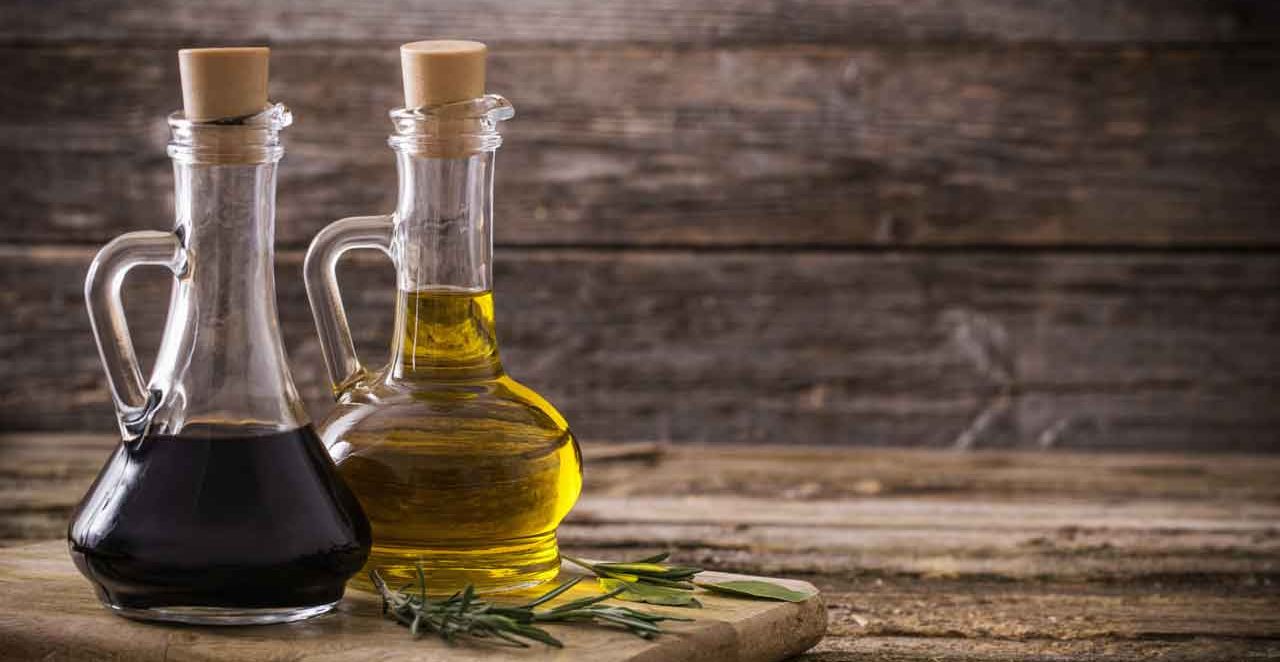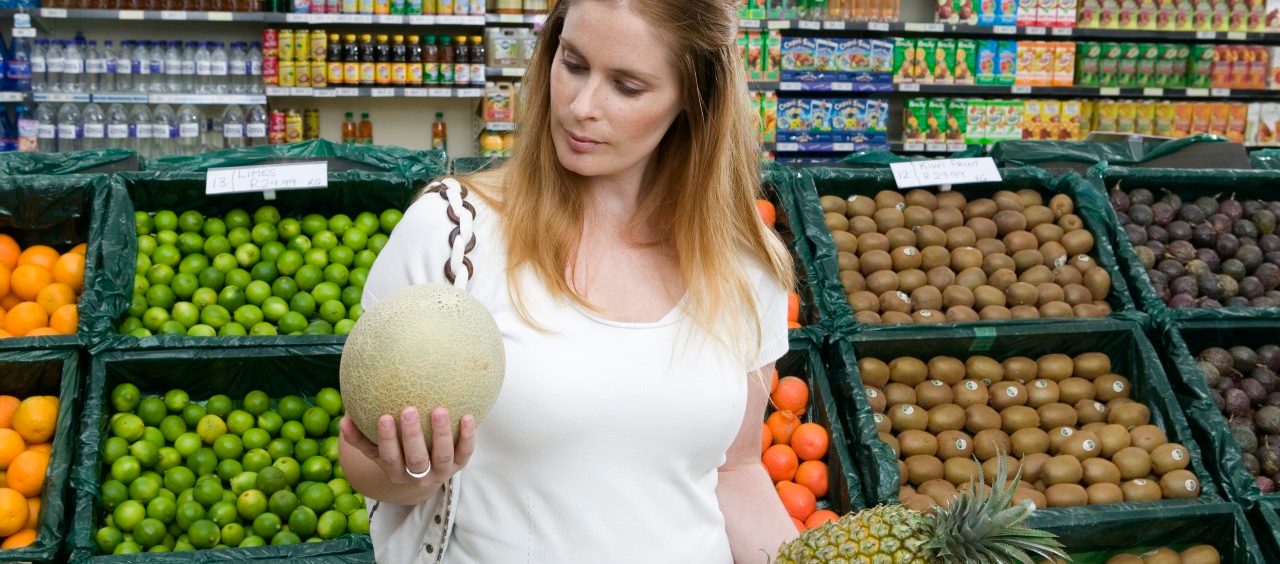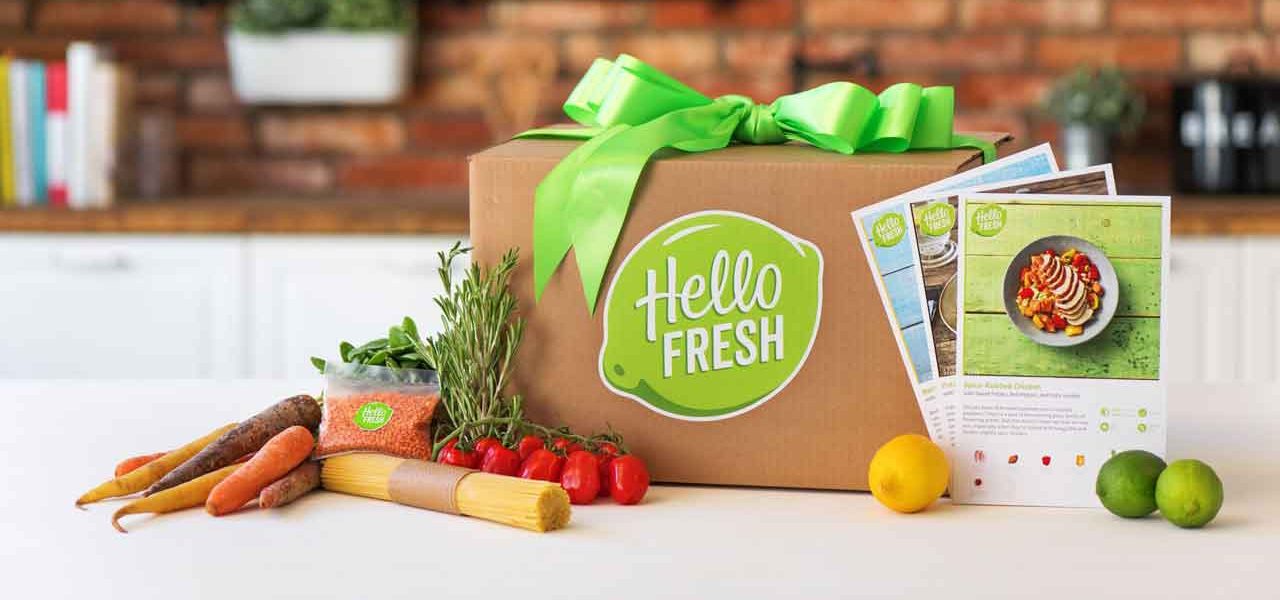November 17, 2017
Simple No-Salt Solutions to Boost Flavor

A few weeks back, I wrote about the sad, salty truth about frozen meals. When it comes to eating healthier, if it isn’t the regular task of home cooking that gets to you, having to eat “bland” dishes might. Oftentimes, the more flavor cooked food has, the more salt and/or sugar was added to it. Eating healthier means reducing salt- and sugar-based flavoring, not really because of calorie content, but simply because added dietary sodium is bad for you. The negative effects of added salt don’t stop at fluid retention, hypertension, stroke, and other cardiovascular diseases. It also plays a role in osteoporosis and kidney disease.
What if you’re relatively young or extremely blessed to still be free of disease? Your long-term health will still benefit greatly from less dietary salt, and you’ll thank yourself down the road when you’re in your 50s and your GP finally starts warning you and your heart about it. I recently learned that we tend to develop an appetite and tolerance for salt, depending on how much of it we’re used to eating. A National Institutes of Health study on salt intake even observed changes in rats’ brains that were similar to drug sensitization and addiction, which could explain why many find salt difficult to kick.
It’ll take a few weeks for your palate to adjust to eating food without salt, but, eventually, you will begin to enjoy the subtler flavors in dishes that naturally come from its ingredients. That being said, healthy food should never have to taste boring, so I’ve rounded up some useful tips I’ve learned are great ways to boost flavor without having to add salt to a dish.
1. Kirkland Signature Organic No-Salt Seasoning – I bought mine from Costco, but you can also find it on Amazon. I sprinkle a generous amount of this when I’m just freestyle cooking, to add a bit more complexity. It’s also great in sauces and salad dressings, marinades, and breading. Don’t let the $15 tag intimidate you because you’re paying for an all-organic 21-spice blend that just lasts forever.
2. Balsamic vinegar – It’s still vinegar, so don’t go overboard with it. If you do, you can counter it with a little sprinkling of sugar or your choice of alternative sweetener to balance the acidity out. Sometimes, I pre-make a batch of balsamic caramelized onions to throw on just about anything for extra flavor.
3. Grated cheese – While cheese does have some salt content, you’ll only need a little of it to make a world of difference with flavor. This is especially true in pasta dishes. Sometimes, I add parmesan cheese to breading and salad.
4. Individual spices and herbs – Buying these are a pain when you’re just beginning to stock your pantry, but once you have a decent set, you can make your home-cooked meals so flavorful, you won’t need to add much salt. Take note of these flavor-enhancing combinations:
- Beef: Bay leaf, marjoram, nutmeg, onion, pepper, sage, thyme
- Lamb: Curry powder, garlic, rosemary, mint
- Pork: Garlic, onion, sage, pepper, oregano
- Veal: Bay leaf, curry powder, ginger, marjoram, oregano
- Chicken: Ginger, marjoram, oregano, paprika, poultry seasoning, rosemary, sage, tarragon, thyme
- Carrots: Cinnamon, cloves, marjoram, nutmeg, rosemary, sage
- Corn: Cumin, curry powder, onion, paprika, parsley
- Green Beans: Dill, curry powder, lemon juice, marjoram, oregano, tarragon, thyme, green onions, pepper
- Peas: Ginger, marjoram, onion, parsley, sage
- Potatoes: Dill, garlic, onion, paprika, parsley, sage
5. Citrus – Do not underestimate the power of adding a squeeze of lemon or lime in your dish, salad dressing, or tacos. Tart flavors are great stimuli for your taste buds and help cut through the oilier components of a dish, such as fried breading.
6. Cook until browned – When the recipe calls for cooking something until it’s browned, it’s really for three reasons: to gauge doneness, improve aesthetics, and to enhance flavor. Even the slight char on roasted vegetables adds a lot of flavor.
Quitting salt is tough on anyone, and with sodium being an essential electrolyte, I strongly suggest not going cold turkey on salt, but rather gradually incorporating these no-salt solutions in your cooking. What are your own go-to low to no-salt solutions? Be it a secret ingredient, or a holy grail pantry item, I’d love to know!


